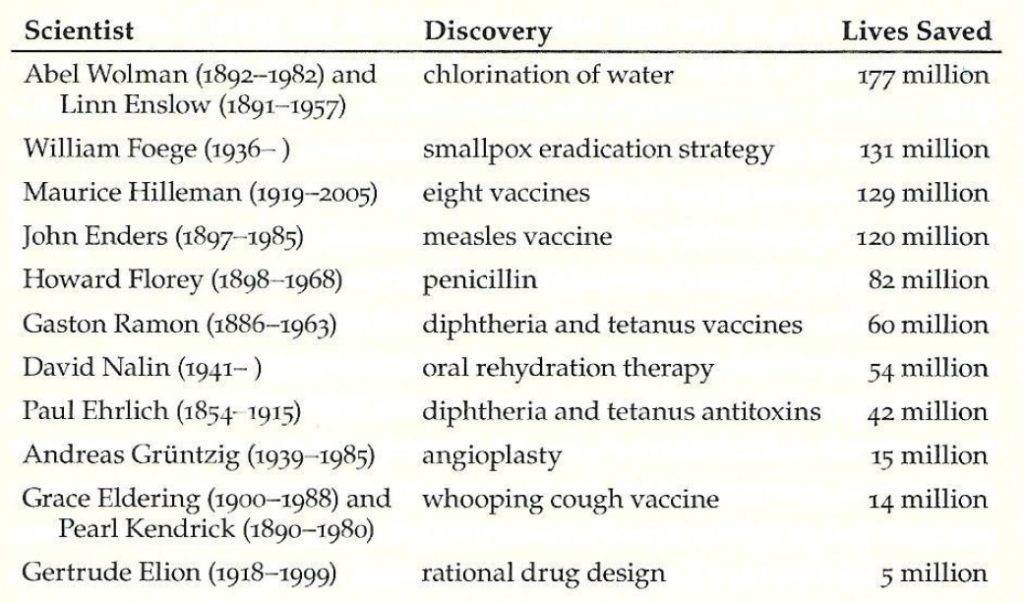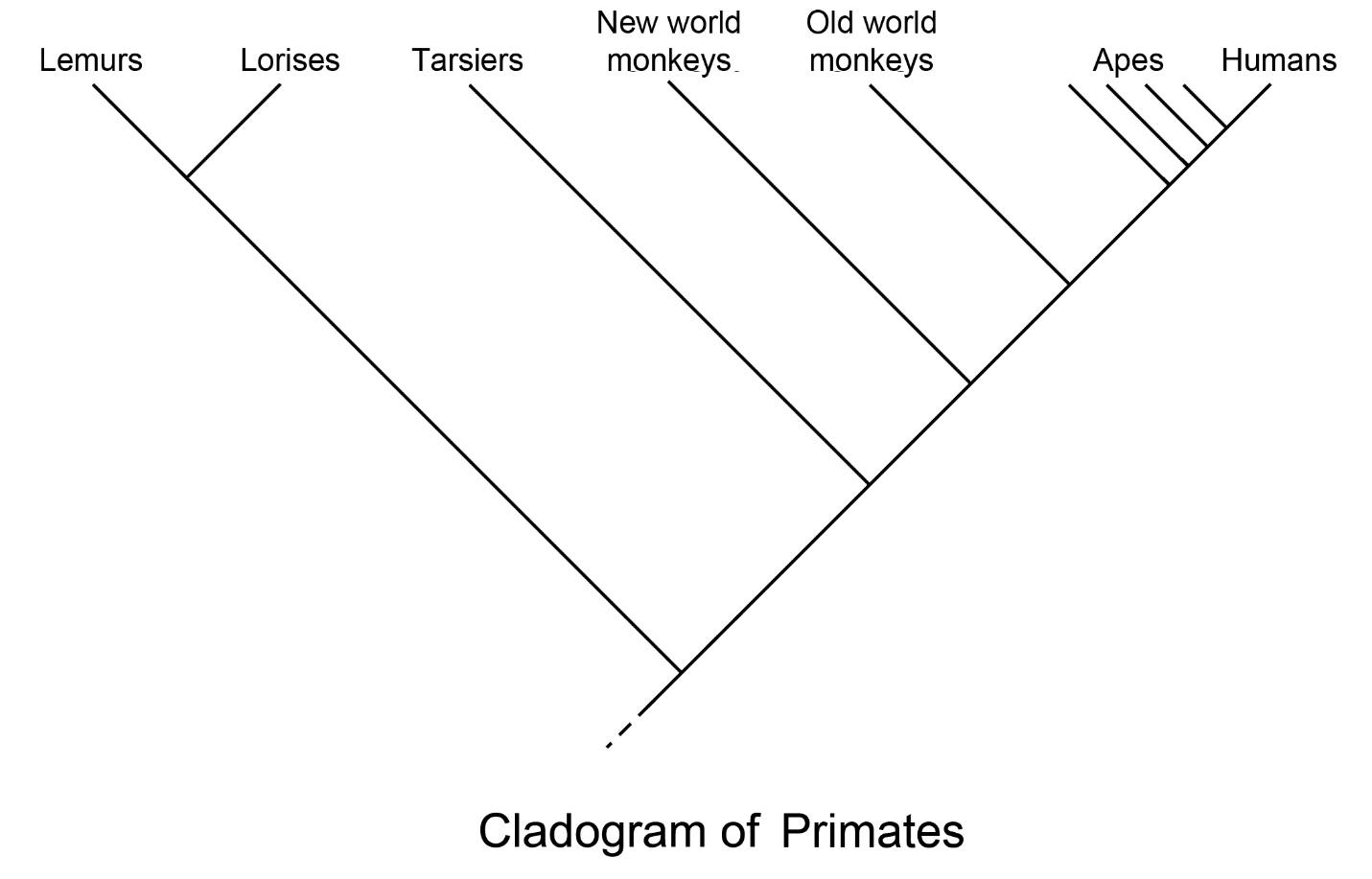Swammerdami
Squadron Leader
This is the thread for briefish summaries of key scientific discoveries. All fields of science are eligible. No need to list the discoveries in the order of importance, but each should be a specific well-defined new advance in scientific knowledge. (Darwin's Theory of Evolution in general might not qualify, but a specific observation that contributed to his theory would.)
I'll start with two specific discoveries in astronomy.
1611) "Haec immatura a me iam frustra leguntur o.y."
Both the Ptolemiac and Copernican models of the solar systems implied that Venus should have phases like the Moon, but the details varied greatly. Observation of Venus with high-quality telescopes therefore gave a way to pick between the models. Galileo Galilei had one of the best telescopes of that age and was carefully observing Venus. He didn't want to publish until his data was complete, but he didn't want to be scooped by another astronomer either!
In December 1610, as Venus was disappearing behind the Sun, Galileo sent Johannes Kepler a letter with the above Latin sentence. (Translated, it reads "I am now bringing these unripe things together in vain, Oy!"). In January 1611 Galilelo confirmed Venus' crescent shape as it re-emerged, and revealed the anagram of this sentence: "Cynthiae figuras aemulatur mater amorum" ("The mother of love [Venus] copies the forms of Cynthia [the Moon]"). (Here's an interesting page about allegations that Kepler misinterpreted Galileo's anagrams.)
Copernicus was correct. The Sun was the center of the solar system.
(It is a curious fact that the Author of Shakespeare's plays took great interest in astronomy, incorporating mention of events in the 1580's and 1590's into his plays. Yet the Author mentioned no astronomical event after 1604 — including most of Galileo's great discoveries.)
1676) Ole Christensen Rømer measured the speed of light.
Jupiter's moon Io orbits its mother-planet once in 42 hours and 28 minutes, but due to the finiteness of light's speed and a form of the Doppler Effect, Io's orbit appears to be several seconds faster when the Earth is moving toward Jupiter, and is several seconds slower when the Earth is moving away from Jupiter. There was no need to measure this deviation of a few seconds; the cumulative deviation could be measured after months. (How did Rømer or other scientists of this era measure time? I assume they used Huygens' recently-introduced pendulum clock, but was it calibrated periodically with a sundial?)
The orbit of each Jovian moon is affected by the other moons, and only Io worked well for this observation. Still, the perturbations aren't synchronous with Earth movement so should average out in a few years of observations. Nevertheless Rømer's supervisor — the more famous astronomer Cassini — did not accept this result. In 1729 James Bradley settled the question with a different approach.
The two greatest mathematical physicists of that era — Christiaan Huygens (designer of afore-mentioned pendulum clock) and Sir Isaac Newton — did accept Rømer's work at once. Newton had an urgent question for Rømer — did the shadow on Io change in color as its eclipse progressed? (It didn't; light of different colors traveled at the same speed.)
I'll start with two specific discoveries in astronomy.
1611) "Haec immatura a me iam frustra leguntur o.y."
Both the Ptolemiac and Copernican models of the solar systems implied that Venus should have phases like the Moon, but the details varied greatly. Observation of Venus with high-quality telescopes therefore gave a way to pick between the models. Galileo Galilei had one of the best telescopes of that age and was carefully observing Venus. He didn't want to publish until his data was complete, but he didn't want to be scooped by another astronomer either!
In December 1610, as Venus was disappearing behind the Sun, Galileo sent Johannes Kepler a letter with the above Latin sentence. (Translated, it reads "I am now bringing these unripe things together in vain, Oy!"). In January 1611 Galilelo confirmed Venus' crescent shape as it re-emerged, and revealed the anagram of this sentence: "Cynthiae figuras aemulatur mater amorum" ("The mother of love [Venus] copies the forms of Cynthia [the Moon]"). (Here's an interesting page about allegations that Kepler misinterpreted Galileo's anagrams.)
Copernicus was correct. The Sun was the center of the solar system.
(It is a curious fact that the Author of Shakespeare's plays took great interest in astronomy, incorporating mention of events in the 1580's and 1590's into his plays. Yet the Author mentioned no astronomical event after 1604 — including most of Galileo's great discoveries.)
1676) Ole Christensen Rømer measured the speed of light.
Jupiter's moon Io orbits its mother-planet once in 42 hours and 28 minutes, but due to the finiteness of light's speed and a form of the Doppler Effect, Io's orbit appears to be several seconds faster when the Earth is moving toward Jupiter, and is several seconds slower when the Earth is moving away from Jupiter. There was no need to measure this deviation of a few seconds; the cumulative deviation could be measured after months. (How did Rømer or other scientists of this era measure time? I assume they used Huygens' recently-introduced pendulum clock, but was it calibrated periodically with a sundial?)
The orbit of each Jovian moon is affected by the other moons, and only Io worked well for this observation. Still, the perturbations aren't synchronous with Earth movement so should average out in a few years of observations. Nevertheless Rømer's supervisor — the more famous astronomer Cassini — did not accept this result. In 1729 James Bradley settled the question with a different approach.
The two greatest mathematical physicists of that era — Christiaan Huygens (designer of afore-mentioned pendulum clock) and Sir Isaac Newton — did accept Rømer's work at once. Newton had an urgent question for Rømer — did the shadow on Io change in color as its eclipse progressed? (It didn't; light of different colors traveled at the same speed.)




 ]
]